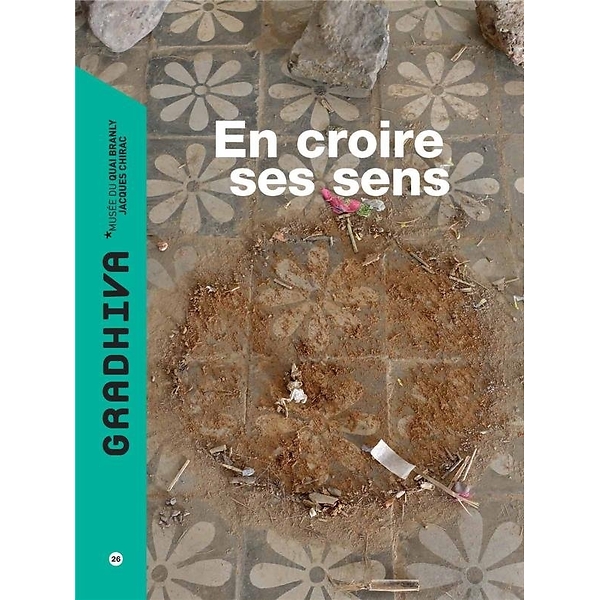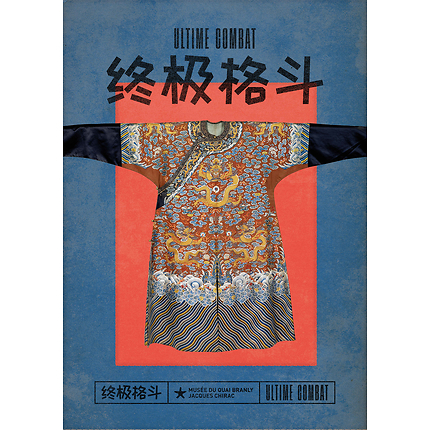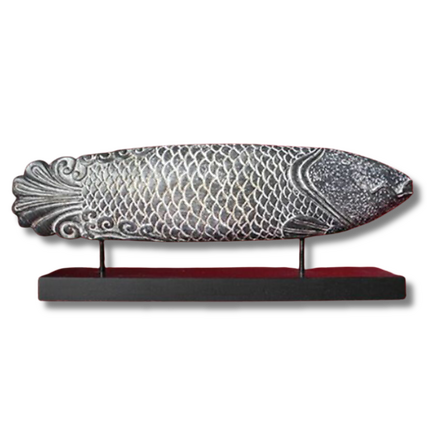Gradhiva N°26: Trusting your senses
Musée du quai Branly - Jacques Chirac
Description
The growing interest of anthropologists in material cultures has provided a new methodological and theoretical framework for the study of religions in recent years, showing that they are not solely the domain of thought or faith. They are the product of ordinary and repetitive gestures, of relational, economic and spatial constraints, of technical determinisms and of media potentialities. Recent works on the fabrication of cult objects, the action of humans and non-humans on liturgical spaces, the execution of ritual gestures or the bodily education of practitioners plead for a pragmatic approach of the religious fact. In the continuity of this approach, this issue focuses on doing rather than believing and develops a reflection on the material and sensory dimensions of religious experience. Based on detailed ethnographies that bring the Afro-Cuban, Christian and Muslim worlds into dialogue, it explores how religiosity is experienced by walking, touching, reciting, reading, hearing or seeing. What kinds of knowledge emerge from various modes of contact with matter? How does sensoriality structure experience, imagination and praxis? Finally, how do aesthetic qualities lead to the formation, transmission and incorporation of specific knowledge?
Product information
- Dimensions
- 27 cm x 20 cm x 1.3 cm
- Number of Pages
- 260
- EAN
- 9782357440968




